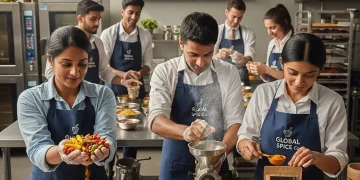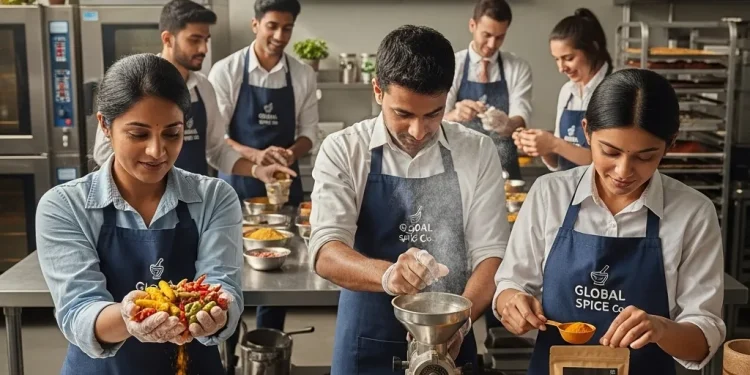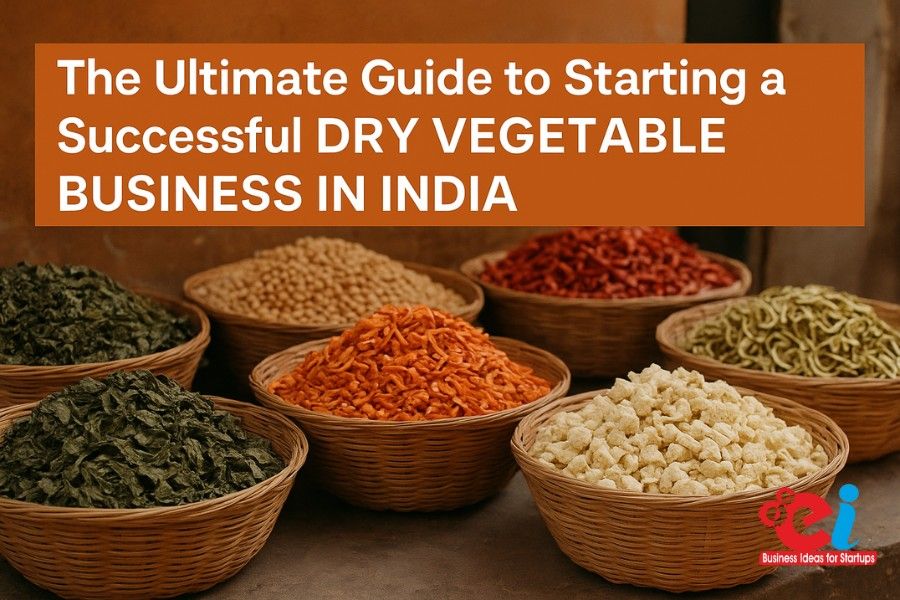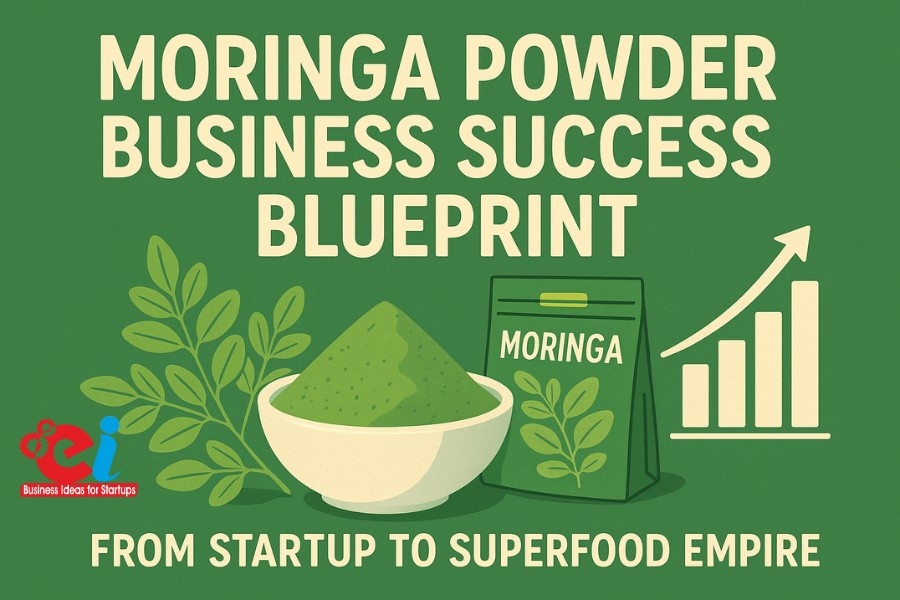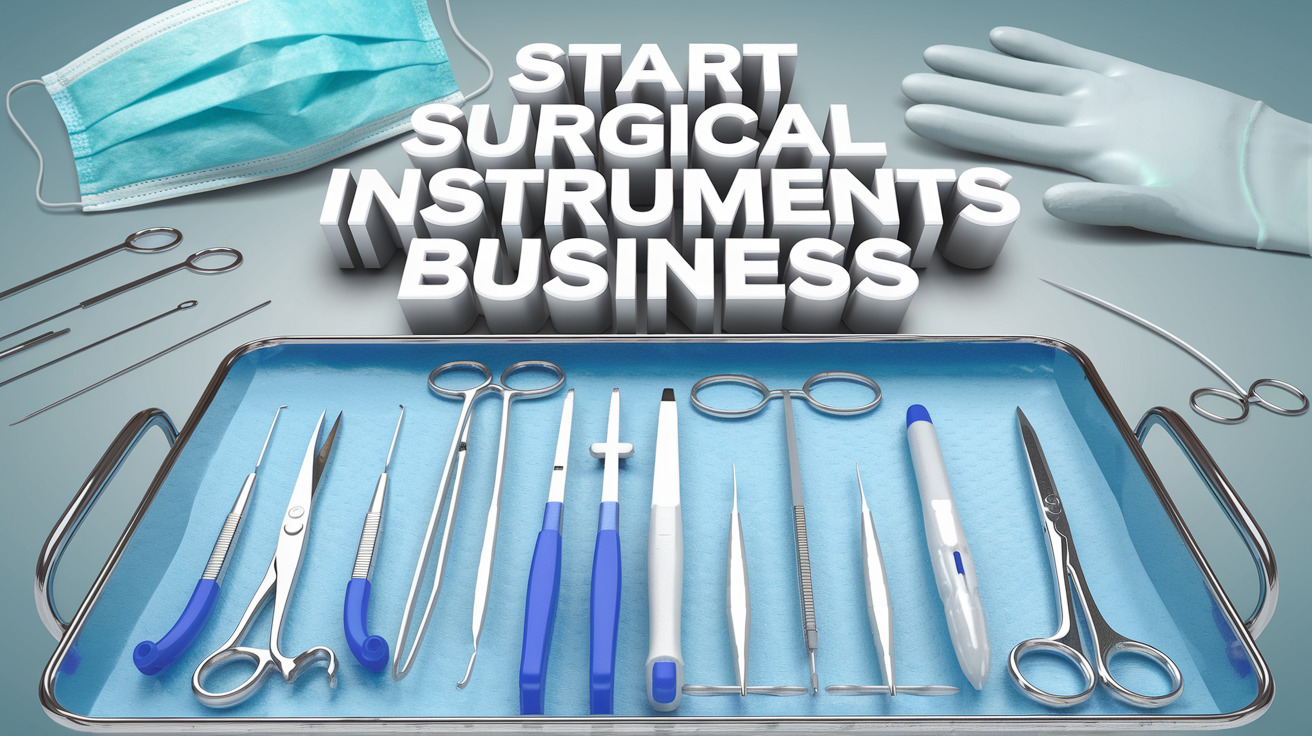Spice Processing Business: According to the Quarterly Report on Spices for 2023–24, India has maintained its ostensible spice superpower status with the spice exports figured to be worth about ₹1,250 billion from an export volume of more than 15 million tonnes, with the basket containing chillies, turmeric, cumin, cardamom, pepper, and celery, among others.
It is little known that most of what is exported is surprisingly either raw or nearly raw. The real opportunities would, therefore, exist in niche value-added products, oleoresins, extracts, fortified blends, and functional spice derivatives, which have the potential to generate huge tonnage-wise export revenues while reducing costly imports into India.
The article describes how start-ups will be able to take advantage of these opportunities after testing the market, evaluating feasibility, and working out the recipes of successful MSME models.
Indian Spices Surplus at a Glance
They say in the financial year 2023-24 that in excess of 15 million tons of Indian spice worth ₹1.25 trillion were exported. Chilli, turmeric, cumin, cardamom, celery, and pepper make up the basket of exports.
More so, the NLSTP report states that oleoresins, essential oils, and blended products have never been fully exploited toward integration. Initially, the spice surplus in India may provide a lot of raw materials and some premium products intended for the export market.
Why Value-Added Is the Next Frontier?
A value-added product is earning a profit margin of 25% to 40%; in comparison, whole spices earn a margin of 5% to 10%. They are in demand, given their incorporation into clean-label and functional foods that can fetch a premium price.
A big opportunity exists where domestic producers can join hands with importing the purest extracts and specially blended raw materials.
Ministry of Food Processing Industries (MoFPI), Ministry of Micro, Small and Medium Enterprises (MSME), and Agricultural and Processed Food Products Export Development Authority (APEDA) are managing schemes to support prospective start-ups with capital subsidies, technology upgradation, market outreach, hand-holding for export, etc.
Key Opportunities for Niche Value-Added Products
Oleoresin
Oleoresins carry the flavour, aroma, and colour of spices, which serve the commercial requirements of the food, beverage, and nutraceutical industries.
Entrepreneurs can establish their production units nearby the major spice-growing areas, stripping logistic costs to a large extent, and hence are equally entitled to different incentives from the APEDA.
Some of the highest quality oleoresins with colour value are still imported, which would leave Indian Companies free to venture into such markets with great ease.
Read Our Book: Click Here
Essential Oils Distillation from Cardamom, Clove, and Celery
The distillation is now leveraged to transport the flavors of cardamom, clove, and celery to the global flavouring, perfumery, and pharmaceutical applications.
Under MSME, the establishment of extraction units will permit start-ups to formulate local special blends of essential oils, thus replacing high-cost imported oils to major FMCGs.
Read More: Building High-Value Spice Processing MSMEs
Spice Flavours Encapsulation
They are dry powdered concentrates of liquid spice extracts with long shelf life for instant mixable food products. Start-ups should be encouraged to spray-dry or micro-encapsulate spice flavours for sale to snack and beverage manufacturers, with any endorsing technology support from MoFPI.
Fortified and Specialty Spice Blends
Ready-to-use fortified seasonings with some form of vitamin D or potassium salt substitutes are likely booming with health-conscious consumers.
Huge business setups, already equipped with blending and packaging, are needed. MSMEs’ grant on innovation would help reduce costs and earn some brownie points.
Gourmet and Organic Spice Kits
Organic gourmet is trending! Start-ups must source from organic farmers certified by FPOs and then package targeting extravagant retail-type development. These products will probably replace imported gourmet mixes and help polish the ever-so-glorious profit margins.
What NPCS Can Do for You
Niir Project Consultancy Services (NPCS) avails of the option of taking the entrepreneurs far away from the path of raw export towards making spices more evenly competitive in manufacturing.
NPCS presents full-fledged Market Survey Cum Detailed Techno-Economic Feasibility Reports(DPRs) that include manufacturing processes, market research, financial projections, raw material planning, and selection of machinery.
Success Stories & Working Business Models of MSME
Few MSMEs have transformed their spice processing trade into a lucrative business:
– The Kerala Oleoresin Company jumped on a fast lane and graduated from the rank of small processors to global suppliers with the continued support of MoFPI.
– The spice-blending project in Gujarat received a major boost under the MSME scheme, which helped with automation and became an important supplier of raw ingredients.
– Rajasthan Organic Producers, a district with very highly fortified organic spice blends in the European market.
Action Blueprint for New Entrepreneurs
Begin with a contract or private-label manufacturer, install machines with government subsidies, procure raw materials through FPOs, and finally make your own branded exports.
Read More: Emerging Global Markets for Indian Spices, Dairy, and Processed Foods
Directories of Topmost Government
- mofpi.gov.in – Schemes regarding PMKSY and Mega Food Parks
- msme.gov.in – Technology along with cluster development
- apeda.gov.in – Export facilitation and certification
Read Our Project Report: Click Here
Import & Export- Oriented Strategy with Sectoral Insights
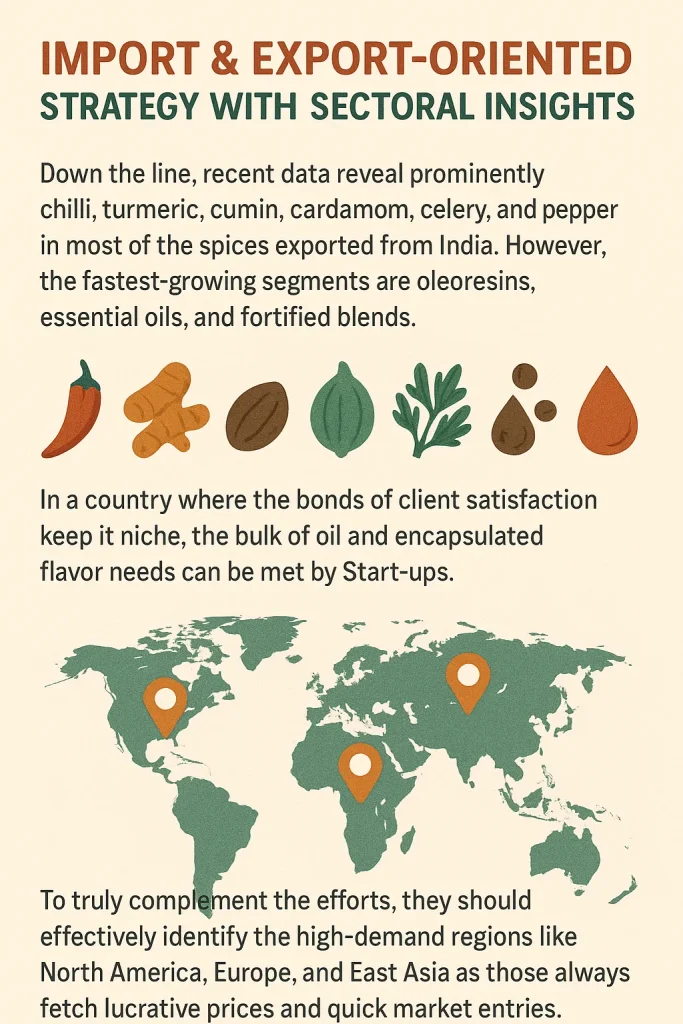
Down the line, recent data reveal prominently chilli, turmeric, cumin, cardamom, celery, and pepper in most of the spices exported from India. However, the fastest-growing segments are oleoresins, essential oils, and fortified blends.
In a country where the bonds of client satisfaction keep it niche, the bulk of oil and encapsulated flavor needs can be met by Start-ups.
To truly complement the efforts, they should effectively identify the high-demand regions like North America, Europe, and East Asia as those always fetch lucrative prices and quick market entries.
Spice Processing Business: Start-up Action Planning
- Feasibility Study: Alongside NPCS, study the viability and market potential.
- Applying for Subsidies: Assist establishment through PMKSY, MSME, APEDA, etc.
- Invest in Certifications: Create confidence with certifications such as FSSAI, HACCP, IndGAP, and Organic.
- Build Supply Chains: Associate with the FPOs (farmer producer organizations) to provide quality and traceability.
- Market Strategically: Global buyers will be attracted through trade fairs, e-commerce, and B2B networks.
Spice Processing Business: Future Trends – Next Wave of Growth
The functional fortification is the next frontier of growth. Combines the integration of herbal or probiotic ingredients together with spice extracts.
- Green Processing. It means zero waste and energy-efficient technology applications.
- Digital Traceability. Using blockchain and QR codes for traceability is very trustfully.
- Direct-to-Consumer Models. Top margin spice products will be made available through international e-commerce.
Find the Best Idea for Yourself With our Startup Selector Tool
Spice Processing Business: Conclusion
With an Indian spice export industry size of more than ₹1.25 trillion, it looms above bulk trade. Startups may try converting this surplus in spices to niche high-margin products resulting in import substitution, profitability improvements and developing world-class brands.
With value addition from NPCS and government support and clarity of vision, India has what it takes to turn a legacy into a suddenly self-sufficient industry-made lossy with much of what it would otherwise learn from its imports and exports into sound business models (Spice Processing Business: ).
Spice Processing Business: FAQs
1. Why should startups be interested in value-added spice products?
Because high-margin products have increasing demand elsewhere in the world, in addition, sponsors can access many government incentive schemes.
2. Which value-added product would have the largest scope for opportunity?
Oleoresins, essential oils, encapsulated flavors, fortified blends, and organic spice kits (Spice Processing Business).
3. How can a start-up finance its spice processing unit?
Government grants provided under MoFPI, MSME, APEDA are supplemented by private funding sources.
4. What certificates are needed for exports?
Most certificate requirements demanded before the world include: FSSAI, HACCP, IndGAP, ISO, and Organic.
5. How will NPCS help entrepreneurs?
NPCS will carry out an evaluation of project feasibility, financial model development, profitable product niche identification, and access to government subsidies for entrepreneurs.
